Home>Home Appliances>Kitchen Appliances>How To Make Espresso In A Machine
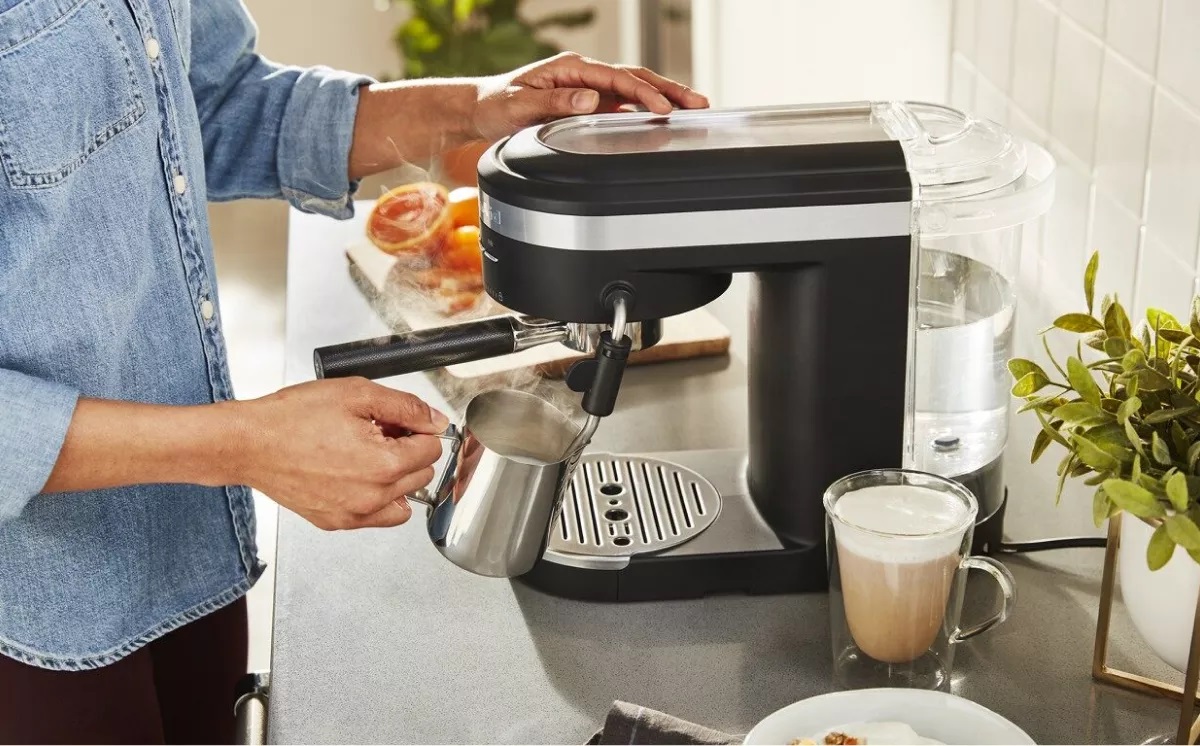

Kitchen Appliances
How To Make Espresso In A Machine
Modified: August 16, 2024
Learn how to make delicious espresso at home using a kitchen appliance. Find out the best tips and techniques for brewing perfect espresso every time. Discover the secrets to mastering your espresso machine.
(Many of the links in this article redirect to a specific reviewed product. Your purchase of these products through affiliate links helps to generate commission for Storables.com, at no extra cost. Learn more)
Introduction
Welcome to the world of espresso, where the rich aroma of freshly brewed coffee fills the air, and the promise of a perfectly crafted cup is just moments away. Whether you're a seasoned coffee aficionado or a curious newcomer, mastering the art of making espresso at home can be a deeply rewarding experience. The journey begins with understanding the intricacies of espresso, selecting the right equipment, and honing the techniques that transform humble coffee beans into a velvety, indulgent brew.
In this comprehensive guide, we will delve into the nuances of crafting espresso using a dedicated espresso machine. From choosing the perfect coffee beans to mastering the delicate art of frothing milk, we will explore every step of the process, empowering you to create barista-quality espresso in the comfort of your own kitchen.
So, grab your favorite mug, prepare to embark on a flavorful adventure, and let's unlock the secrets to brewing the perfect espresso at home.
Key Takeaways:
- Mastering the art of crafting espresso at home involves choosing the right machine, selecting quality beans, and perfecting the grind and tamping techniques for a truly indulgent coffee experience.
- Embrace the journey of crafting espresso, from grinding the beans to frothing milk, and savor the rich flavors and aromas of each meticulously crafted shot, celebrating the artistry of coffee culture.
Read more: How To Make Espresso On A Nespresso Machine
Understanding Espresso
Before delving into the art of crafting espresso, it’s essential to grasp the fundamental characteristics of this beloved coffee beverage. Espresso, originating from Italy, is a concentrated form of coffee characterized by its rich flavor, velvety texture, and the hallmark layer of golden crema that crowns the surface.
What sets espresso apart from regular coffee is the method of preparation. Instead of a slow drip or steeping process, espresso is brewed by forcing hot water through finely ground coffee beans at high pressure. This rapid extraction process extracts a higher concentration of coffee solubles, resulting in a robust and intense flavor profile.
When properly brewed, a shot of espresso showcases a balance of complex flavors, including subtle notes of chocolate, caramel, and a gentle hint of acidity. The presence of crema, the creamy emulsion of oils that floats atop the espresso, not only adds visual allure but also contributes to the luxurious mouthfeel and aromatic bouquet of the brew.
Espresso serves as the foundation for a myriad of beloved coffee beverages, including cappuccinos, lattes, macchiatos, and more. Its versatility and bold character make it a staple in the repertoire of coffee enthusiasts worldwide.
By understanding the essence of espresso, you’ll gain a deeper appreciation for the craftsmanship that goes into each perfectly pulled shot. With this knowledge as our compass, we can now venture into the realm of espresso machines and the art of crafting this revered beverage at home.
Choosing the Right Espresso Machine
Investing in a quality espresso machine is the first step towards elevating your coffee brewing experience. With a myriad of options available, ranging from manual lever machines to fully automated models, selecting the right espresso machine can seem daunting. However, understanding the key factors and features can streamline the decision-making process.
When choosing an espresso machine, consider the following aspects:
- Machine Type: Espresso machines come in various types, including manual, semi-automatic, automatic, and super-automatic. Manual machines offer full control but require more skill, while super-automatic machines handle the entire brewing process at the touch of a button.
- Pressure: Opt for a machine capable of generating at least 9 bars of pressure, as this is essential for extracting the full flavor potential from the coffee grounds.
- Boiler Type: Machines with dual boilers or heat exchange systems provide more consistent temperature control, crucial for achieving optimal extraction.
- Additional Features: Consider features such as built-in grinders, programmable settings, and steam wands for frothing milk, based on your preferences and brewing style.
- Budget: Determine a budget that aligns with your expectations and desired features. While high-end machines offer advanced capabilities, there are also excellent mid-range options for home use.
Whether you opt for a sleek, minimalist espresso maker or a feature-rich powerhouse, selecting a machine that suits your lifestyle and brewing aspirations is paramount. Once you’ve found the perfect match, you’re one step closer to creating indulgent, café-quality espresso from the comfort of your kitchen.
Selecting the Right Coffee Beans
Choosing the perfect coffee beans is a pivotal aspect of crafting exceptional espresso. The flavor, aroma, and overall character of your brew are profoundly influenced by the quality and variety of the coffee beans. When seeking the ideal beans for your espresso adventures, consider the following factors:
- Bean Freshness: Opt for freshly roasted coffee beans, as they retain the peak of their flavor profile for a limited time. Look for the roast date on the packaging and aim to use the beans within a few weeks of this date for the best results.
- Bean Variety: Select beans that align with your flavor preferences. Arabica beans are renowned for their nuanced flavors, while robusta beans offer a more assertive, full-bodied profile. Blends of both varieties can also provide a balanced and complex taste.
- Roast Level: The roast level significantly impacts the flavor profile of the espresso. Lighter roasts preserve the nuanced flavors and acidity of the beans, while darker roasts yield bolder, more caramelized notes. Choose a roast level that complements your taste preferences.
- Grind Freshness: For the freshest espresso, consider investing in a high-quality grinder and grind the beans just before brewing. This ensures maximum flavor retention and optimal extraction during the brewing process.
Exploring different coffee beans and experimenting with various roasts can be an exciting journey of discovery, allowing you to tailor your espresso experience to your unique palate. By selecting the finest beans and treating them with care and respect, you set the stage for crafting espresso that embodies the true essence of exceptional coffee.
Grinding the Coffee Beans
Grinding the coffee beans to the perfect consistency is a critical step in the pursuit of exceptional espresso. The grind size directly influences the rate of extraction during the brewing process, affecting the flavor, aroma, and overall quality of the final brew. When preparing the coffee beans for espresso, consider the following guidelines for achieving an optimal grind:
- Fineness: Espresso requires a fine and consistent grind to facilitate the proper extraction of flavors. The ideal texture resembles powdered sugar, allowing for controlled extraction and the formation of a rich, velvety crema.
- Grinder Quality: Invest in a high-quality burr grinder, which offers precise control over the grind size and ensures uniformity. Blade grinders, while more affordable, often produce uneven particle sizes, leading to inconsistent extraction.
- Adjusting the Grind: Fine-tune the grind size based on the characteristics of the coffee beans, humidity levels, and the specific espresso machine being used. Small adjustments can significantly impact the flavor profile of the resulting brew.
- Grind Freshness: To preserve the nuanced flavors of the coffee beans, grind them immediately before brewing. This practice maximizes the aromatic qualities and flavor complexity of the espresso.
Mastering the art of grinding coffee beans for espresso involves precision, patience, and a keen understanding of the interplay between grind size and extraction. By honing this skill, you pave the way for capturing the full spectrum of flavors inherent in the coffee beans, ultimately leading to a transcendent espresso experience.
Read more: How To Make Coffee In An Espresso Machine
Tamping the Coffee Grounds
Once the coffee beans are finely ground to perfection, the next crucial step in the espresso preparation process is tamping the coffee grounds. Tamping, the act of compacting the coffee grounds into a uniform puck within the portafilter, plays a pivotal role in ensuring an even and consistent extraction. This step requires precision, technique, and a gentle touch to achieve optimal results.
Here are essential considerations for mastering the art of tamping:
- Even Distribution: After filling the portafilter with the freshly ground coffee, distribute the grounds evenly across the basket to create a level surface. This promotes uniform extraction and prevents channeling, where water bypasses areas of the puck, leading to uneven extraction.
- Tamp Pressure: Apply approximately 30 pounds of pressure when tamping the coffee grounds. A consistent and firm tamp ensures that the water flows evenly through the puck, extracting the full range of flavors from the coffee.
- Tamp Technique: Use a gentle twisting motion while applying pressure to the coffee grounds. This technique helps create a smooth and level surface, enhancing the consistency of the extraction process.
- Tamp Calibration: Experiment with different tamping pressures and techniques to find the optimal approach for your specific espresso machine and coffee beans. Fine-tuning your tamping method can yield significant improvements in the flavor and quality of the resulting espresso.
By approaching tamping as a deliberate and mindful practice, you lay the groundwork for achieving a balanced and nuanced extraction, essential for crafting a sublime shot of espresso. With each carefully executed tamp, you set the stage for the transformative alchemy that occurs during the brewing process, ultimately leading to a sensory journey through the rich flavors and aromas of the espresso.
When making espresso in a machine, always use freshly ground coffee beans and ensure the machine is properly heated before brewing to extract the best flavor and crema.
Pulling the Perfect Shot
The culmination of meticulous preparation and precise technique, pulling the perfect shot of espresso is both an art and a science. This step in the espresso-making process requires finesse, attention to detail, and a deep understanding of the variables at play. From the moment the water meets the compacted coffee grounds to the formation of the coveted crema, every second of the extraction process contributes to the creation of a flawless shot of espresso.
Here’s a comprehensive guide to pulling the perfect shot of espresso:
- Pre-Infusion: Some espresso machines offer a pre-infusion stage, where a small amount of water saturates the coffee puck before full pressure is applied. This gentle pre-wetting primes the grounds for optimal extraction, enhancing the flavors and aromas of the resulting espresso.
- Extraction Time: The ideal extraction time for a shot of espresso typically falls within the range of 25 to 30 seconds. This timeframe allows for the extraction of the desirable coffee solubles while minimizing the risk of over-extraction, which can lead to bitterness.
- Crema Formation: A hallmark of a well-pulled shot of espresso is the formation of a luscious, golden crema atop the liquid. The crema, composed of emulsified oils and carbon dioxide, contributes to the visual appeal, aroma, and velvety texture of the espresso.
- Visual Cues: Observe the flow of the espresso as it extracts. A steady, honey-like stream with a rich, reddish-brown hue indicates a well-balanced extraction. Avoid shots that flow too quickly (under-extracted) or too slowly (over-extracted), as these can result in suboptimal flavor profiles.
By honing your skills and understanding the nuances of the extraction process, you can consistently produce shots of espresso that embody the hallmark characteristics of a perfectly crafted brew: a harmonious balance of flavors, a tantalizing aroma, and a sumptuously velvety texture.
Frothing Milk
Mastering the art of frothing milk is a transformative skill that opens the door to a wide array of delightful espresso-based beverages, from velvety lattes to indulgent cappuccinos. The process of frothing, also known as steaming, involves texturing the milk to create a creamy, microfoam texture that complements the robust flavors of espresso, resulting in a harmonious and visually captivating concoction.
Here’s a step-by-step guide to frothing milk like a seasoned barista:
- Milk Selection: Opt for cold, fresh whole milk for the best frothing results. Whole milk contains a higher fat content, which contributes to a smoother and more luscious microfoam texture.
- Pitcher Preparation: Pour the desired amount of milk into a stainless steel frothing pitcher, filling it no more than one-third full to allow ample space for the milk to expand during frothing.
- Steam Wand Positioning: Submerge the steam wand just below the surface of the milk, positioning it slightly off-center to create a whirlpool effect. This whirlpool motion promotes even heat distribution and the incorporation of air into the milk.
- Texturing Technique: Begin by introducing steam into the milk, gradually lowering the pitcher as the milk expands and the foam begins to form. The goal is to achieve a velvety microfoam with a glossy sheen, free of large bubbles or visible separation between the foam and the steamed milk.
- Temperature Monitoring: Pay close attention to the temperature of the milk, aiming for approximately 150-160°F (65-71°C). Once the desired temperature is reached, immediately remove the steam wand to halt the frothing process.
- Pouring Technique: Gently tap the pitcher on a flat surface to disperse any large bubbles, then swirl the milk to integrate the foam and steamed milk. With a steady hand, pour the frothed milk into the espresso, allowing the rich microfoam to cascade gracefully atop the espresso.
By mastering the art of frothing milk, you unlock the potential to create a diverse array of espresso-based beverages, each adorned with a crown of decadent microfoam. Whether crafting a classic cappuccino or indulging in a creamy latte, the ability to texture milk with finesse enhances the overall espresso experience, elevating it to new heights of indulgence and sensory delight.
Making Espresso-Based Drinks
With a firm grasp of the foundational elements of espresso preparation and the art of frothing milk, you are poised to embark on a captivating journey through the realm of espresso-based beverages. From timeless classics to innovative creations, the world of espresso-based drinks offers a diverse tapestry of flavors, textures, and visual allure, each concoction a testament to the artistry and ingenuity of coffee culture.
Let’s explore the preparation of some popular espresso-based drinks:
- Cappuccino: A harmonious trio of espresso, steamed milk, and velvety microfoam, the cappuccino embodies a perfect balance of bold espresso and creamy indulgence. Pour equal parts of espresso, steamed milk, and frothed milk into a cup, allowing the layers to meld into a luxurious whole.
- Café Latte: A comforting and creamy concoction, the latte features a foundation of smooth, velvety milk adorned with a shot of rich espresso. Pour the steamed milk into a cup, followed by a shot of espresso, and top it off with a thin layer of frothed milk for an inviting finishing touch.
- Macchiato: This espresso-based delight offers a bold and unapologetic flavor profile, with a shot of espresso “marked” with a dollop of frothed milk. The result is a concentrated and robust beverage that celebrates the essence of pure espresso with a subtle touch of creamy indulgence.
- Affogato: A delightful marriage of hot and cold, the affogato features a scoop of luscious vanilla gelato or ice cream “drowned” in a shot of freshly brewed espresso. This indulgent treat offers a symphony of contrasting temperatures and textures, creating a captivating sensory experience.
As you venture into the realm of crafting espresso-based drinks, don’t hesitate to experiment with flavor syrups, spices, and artistic garnishes to personalize and elevate your creations. Each beverage represents a canvas upon which you can express your creativity and cater to your unique palate, transforming the act of savoring espresso into a delightful and personalized ritual.
Read more: How To Make A Latte With An Espresso Machine
Cleaning and Maintaining Your Espresso Machine
Ensuring the cleanliness and proper maintenance of your espresso machine is essential for preserving its performance, extending its lifespan, and consistently producing exceptional coffee. Regular upkeep not only safeguards the machine’s functionality but also contributes to the flavor and quality of the espresso it produces. By incorporating simple yet diligent maintenance practices, you can derive enduring satisfaction from your espresso machine while safeguarding its longevity.
Here are key steps for cleaning and maintaining your espresso machine:
- Regular Cleaning: After each use, thoroughly clean the portafilter, filter baskets, and steam wand to prevent the buildup of coffee residues and milk proteins. Use a clean, damp cloth to wipe down the exterior of the machine, removing any coffee grounds or spills.
- Backflushing: Periodically backflush the espresso machine with a blind filter and a specialized cleaning solution to remove oils and residues that accumulate within the group head and brewing components. This practice helps maintain optimal extraction and flavor purity.
- Descale the Machine: Depending on water hardness and usage frequency, descale the espresso machine at regular intervals to remove mineral deposits that can impair performance and affect the flavor of the espresso. Follow the manufacturer’s guidelines for descaling procedures and products.
- Steam Wand Care: After frothing milk, purge the steam wand to expel any milk remnants and prevent the buildup of dried milk. Wipe the steam wand with a damp cloth and run steam through it briefly to ensure cleanliness and prevent blockages.
- Seal and Gasket Inspection: Periodically inspect the machine’s seals and gaskets for wear and tear, replacing them as needed to maintain optimal pressure and prevent leaks. Proper seals are crucial for consistent brewing and the prevention of water leaks.
- Water Filtration: Use a quality water filtration system to protect the espresso machine from scale buildup and ensure the purity of the water used for brewing. Clean, filtered water contributes to superior espresso flavor and protects the internal components of the machine.
By integrating these maintenance practices into your routine, you uphold the integrity of your espresso machine and safeguard its ability to consistently deliver exceptional coffee experiences. As a result, you can savor the rich aromas and nuanced flavors of perfectly brewed espresso, knowing that your machine is primed for peak performance.
Conclusion
Congratulations on embarking on a captivating journey through the art of crafting espresso at home. From understanding the intricacies of espresso to mastering the techniques of pulling the perfect shot and frothing milk, you have delved into the heart of the coffee culture, unlocking the secrets to creating barista-quality espresso in the comfort of your own kitchen.
By choosing the right espresso machine, selecting the finest coffee beans, and honing your skills in grinding, tamping, and extraction, you have embraced the essence of the espresso-making process, infusing each step with passion and precision. The result is a symphony of flavors, aromas, and textures that converge in each meticulously crafted shot of espresso, a testament to your dedication to the craft.
As you explore the diverse landscape of espresso-based beverages, from the comforting embrace of a velvety latte to the bold allure of a perfectly pulled macchiato, you have the opportunity to express your creativity and indulge in a rich tapestry of coffee experiences, each cup a reflection of your unique preferences and artful touch.
Remember, the journey of crafting espresso is not merely about the destination but the immersive experience of the process itself. Embrace the moments of grinding the beans, the gentle art of tamping, and the mesmerizing dance of frothing milk, for within these moments lies the alchemy that transforms humble ingredients into a symphony of sensory delight.
As you savor the fruits of your labor, relishing the rich crema, the tantalizing aroma, and the harmonious flavors of each espresso creation, know that you have cultivated a profound connection with the timeless tradition of coffee craftsmanship. Your dedication to mastering the art of espresso-making has not only enriched your daily rituals but also kindled a deeper appreciation for the boundless pleasures that a perfectly brewed cup of espresso can offer.
May each indulgent sip of espresso serve as a reminder of your journey, a testament to your commitment to excellence, and a celebration of the artistry that resides within every cup. Cheers to the captivating world of espresso, where every drop tells a story and every brew is a masterpiece.
Frequently Asked Questions about How To Make Espresso In A Machine
Was this page helpful?
At Storables.com, we guarantee accurate and reliable information. Our content, validated by Expert Board Contributors, is crafted following stringent Editorial Policies. We're committed to providing you with well-researched, expert-backed insights for all your informational needs.
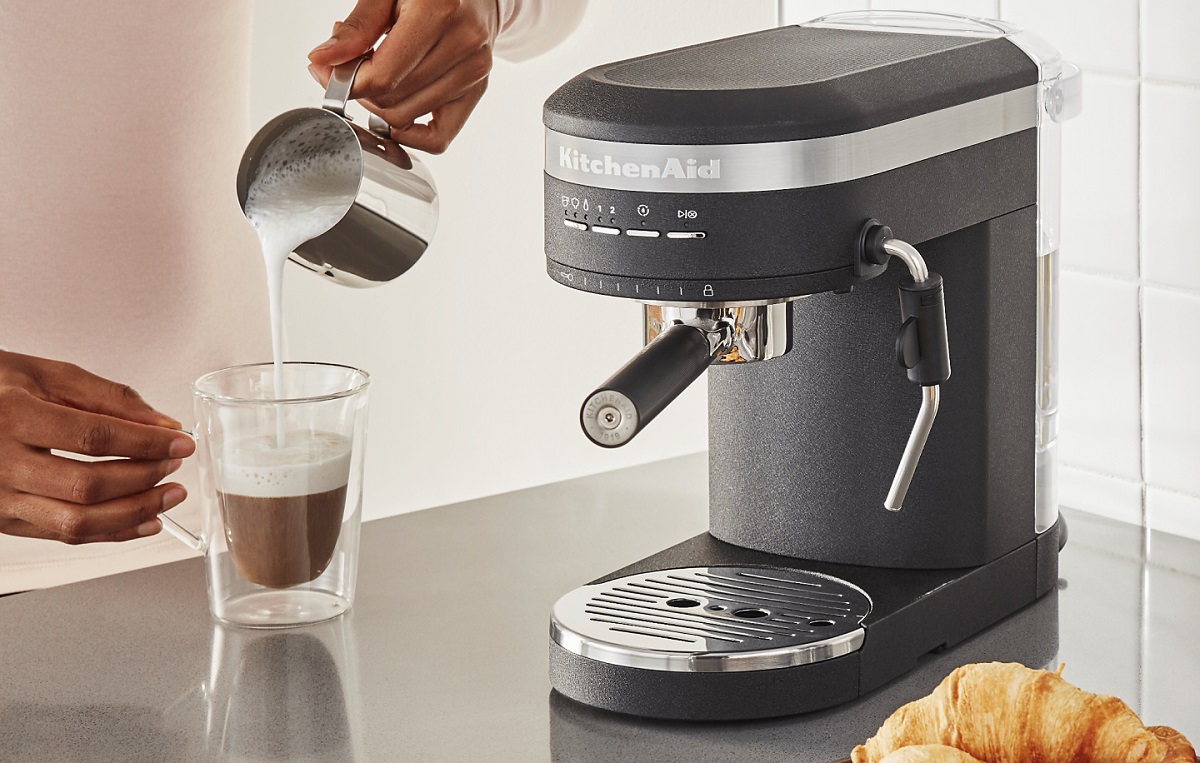
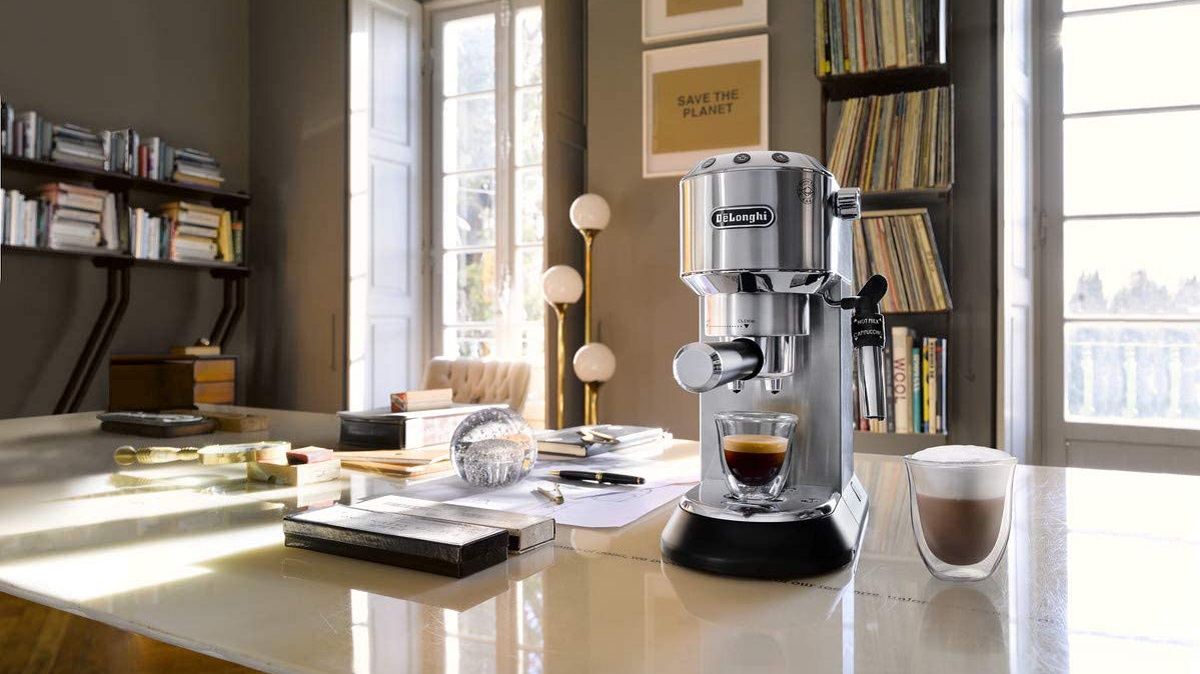
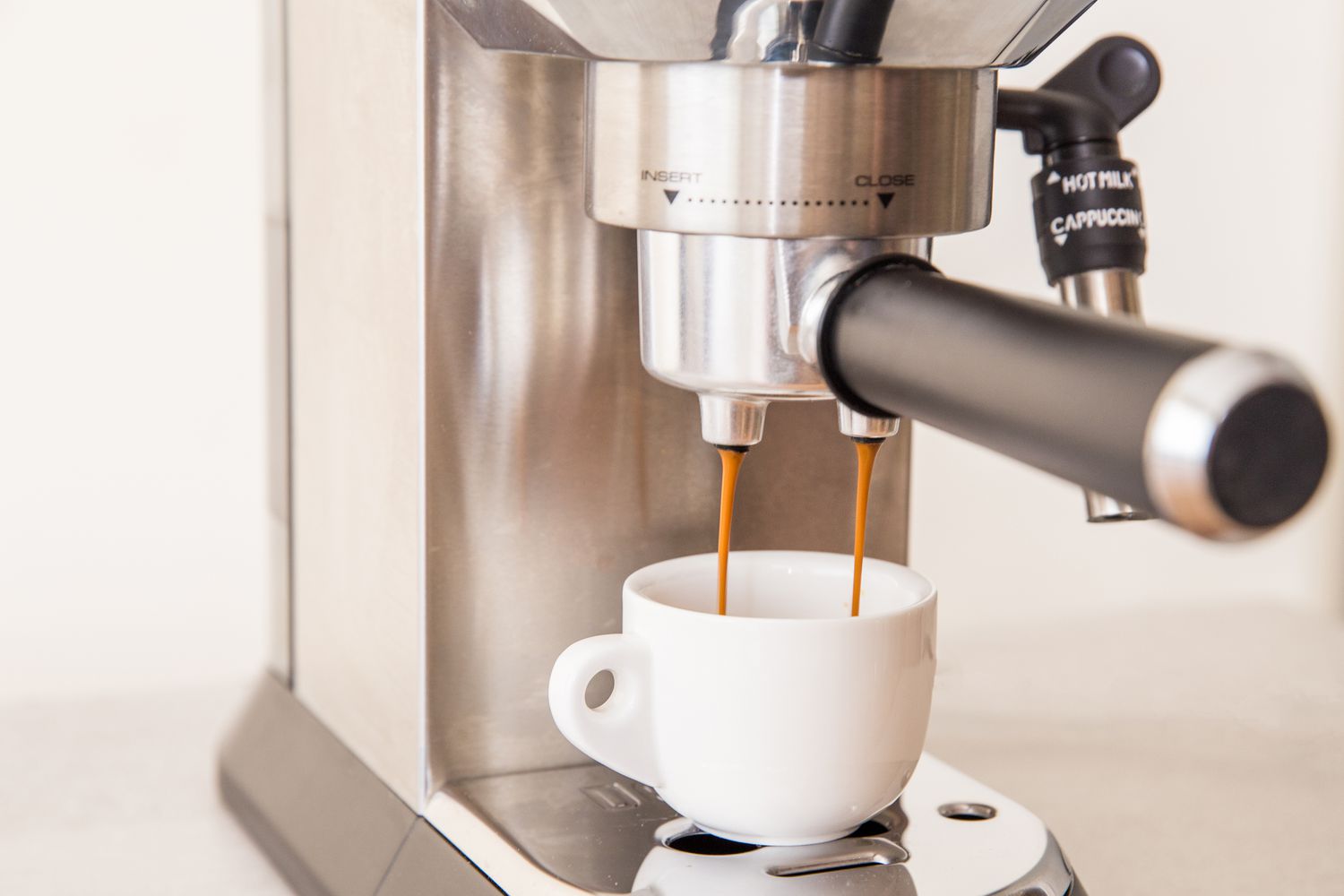
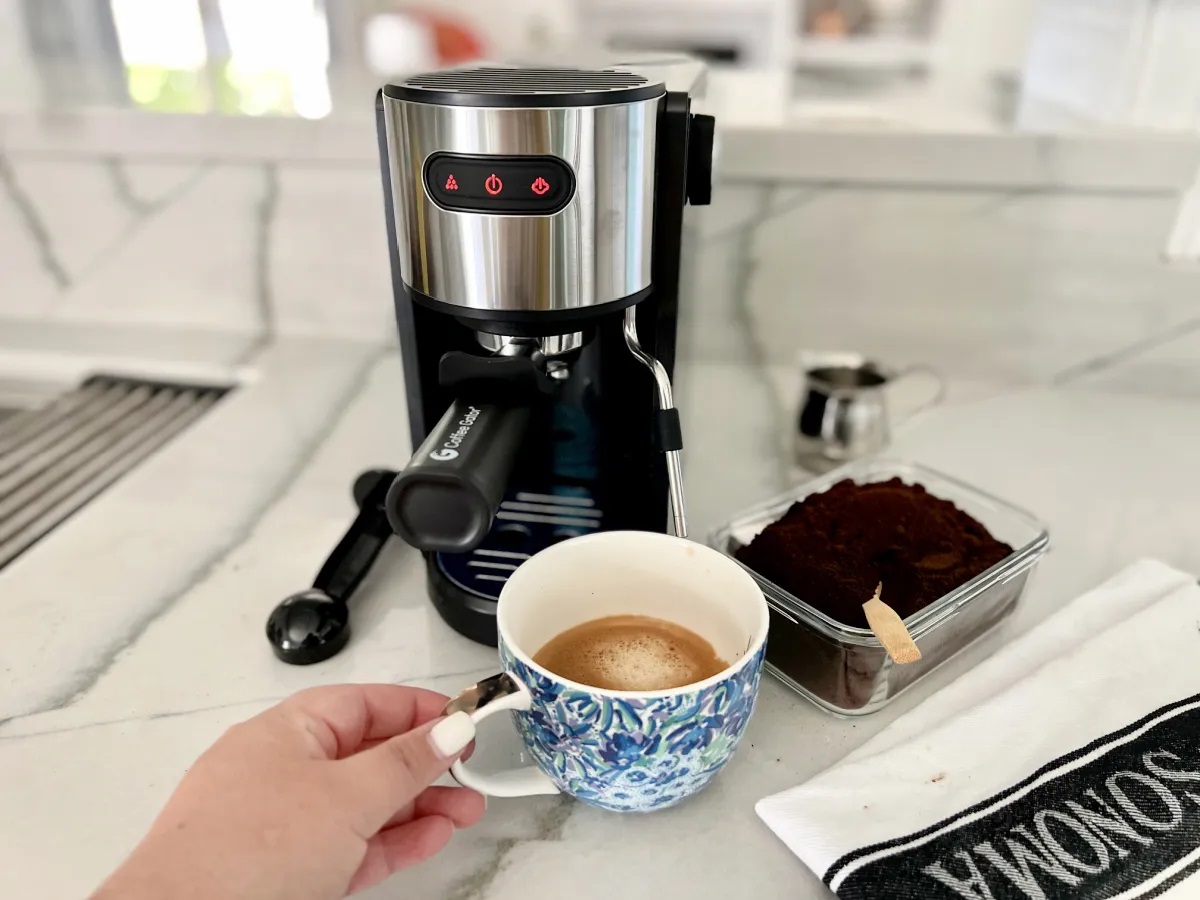
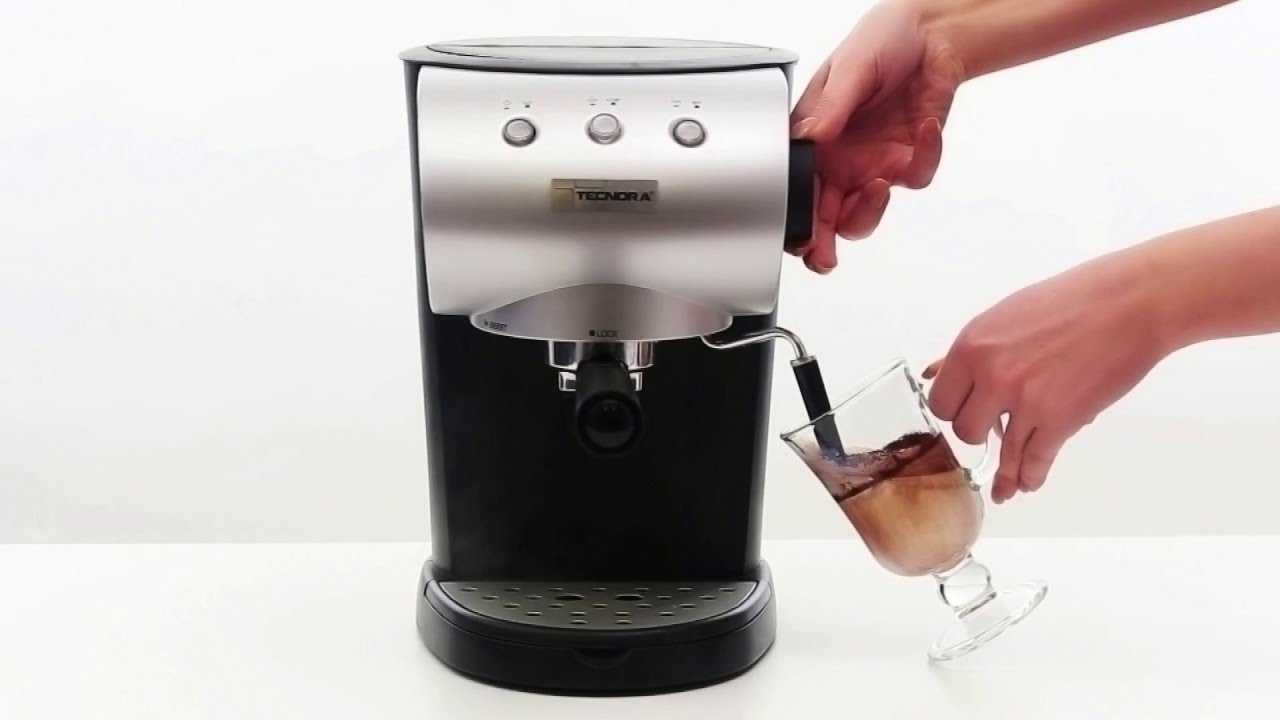
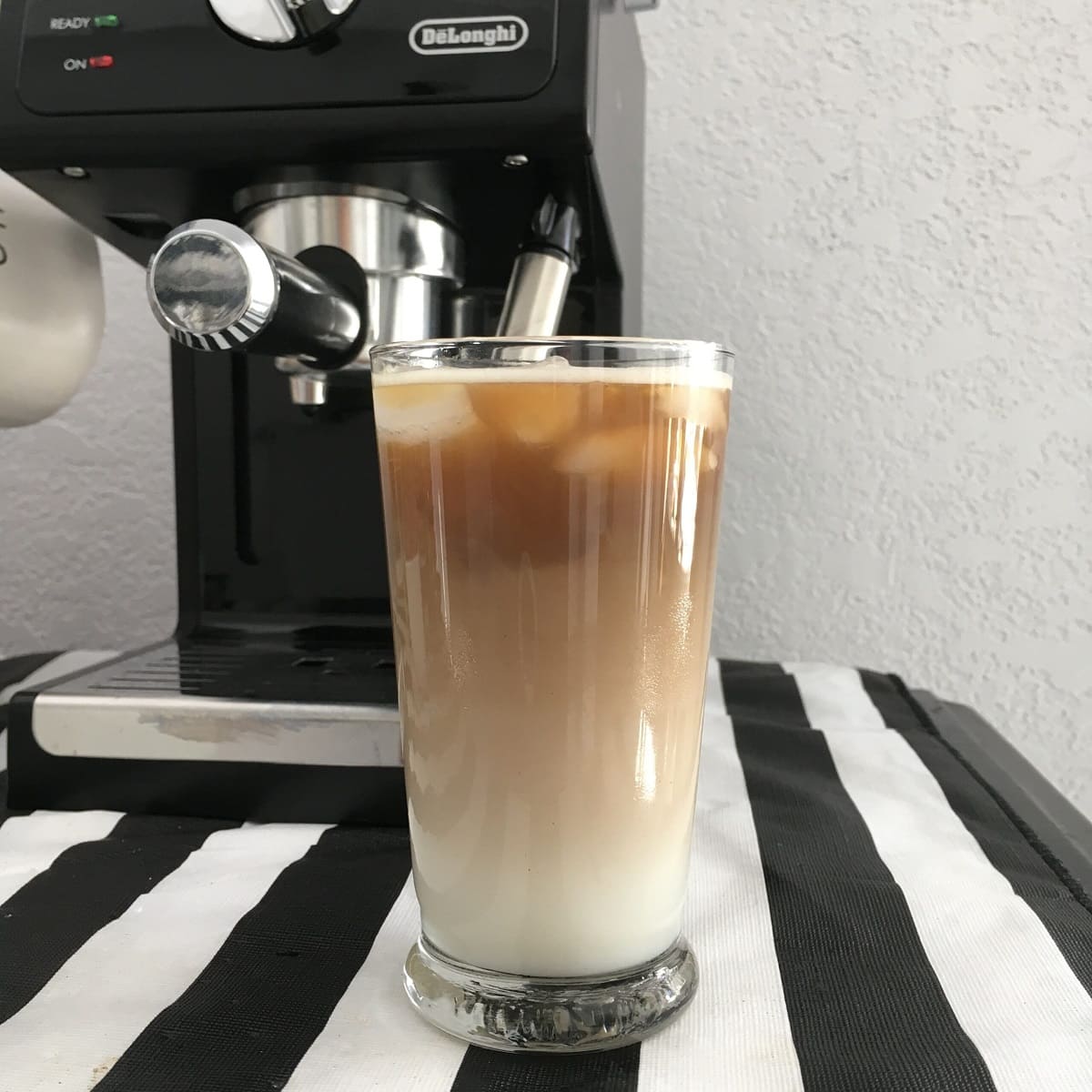
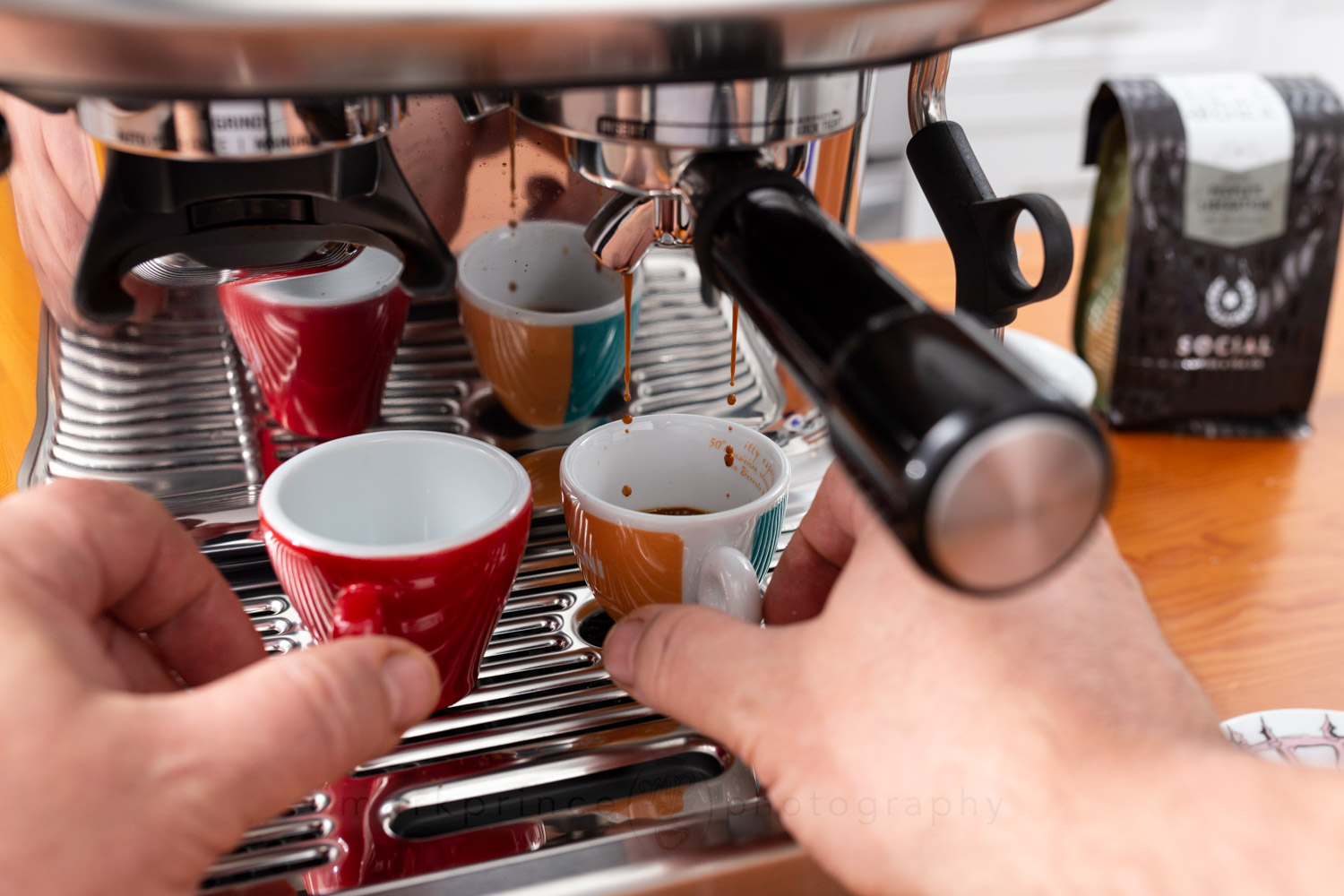
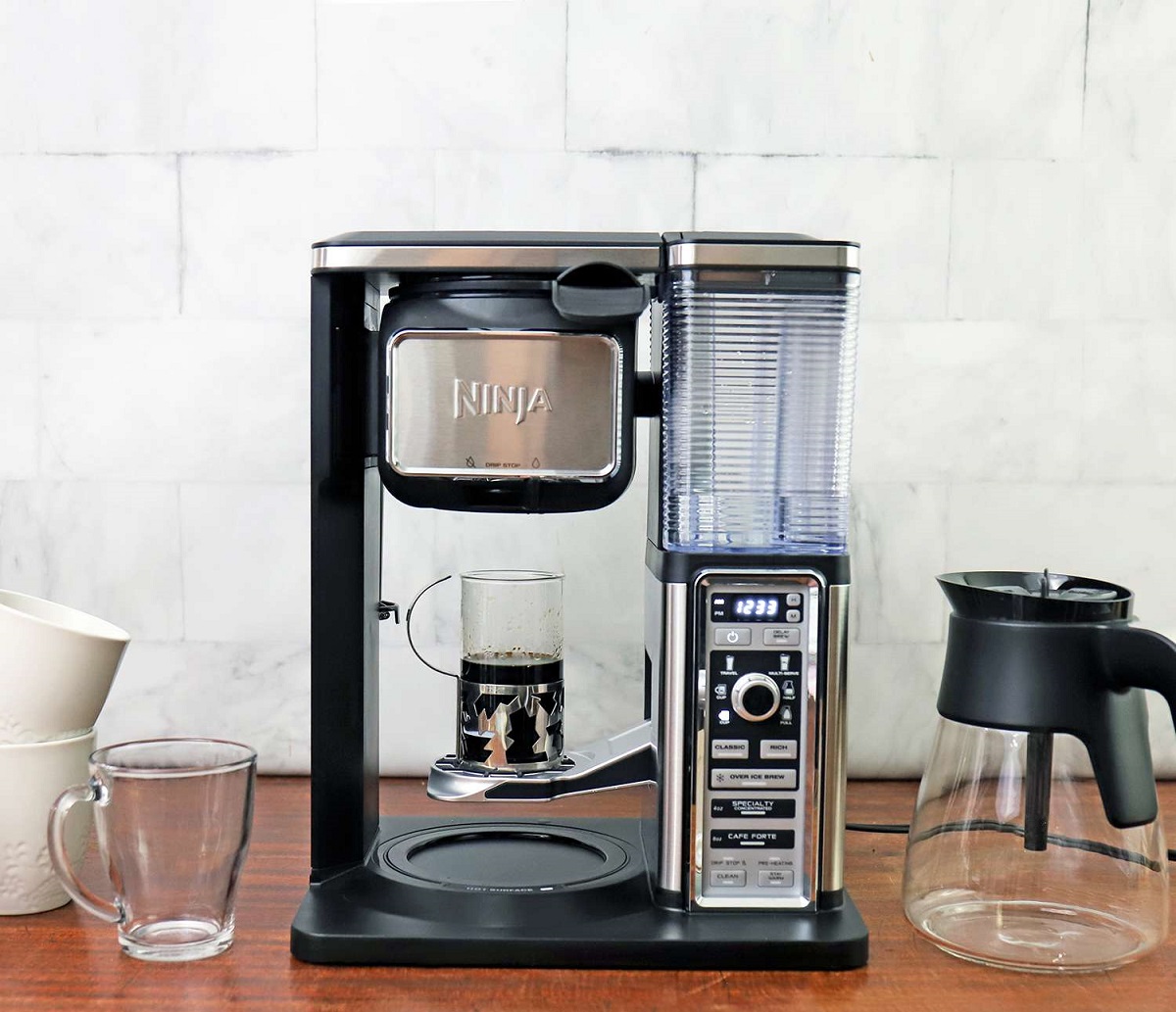
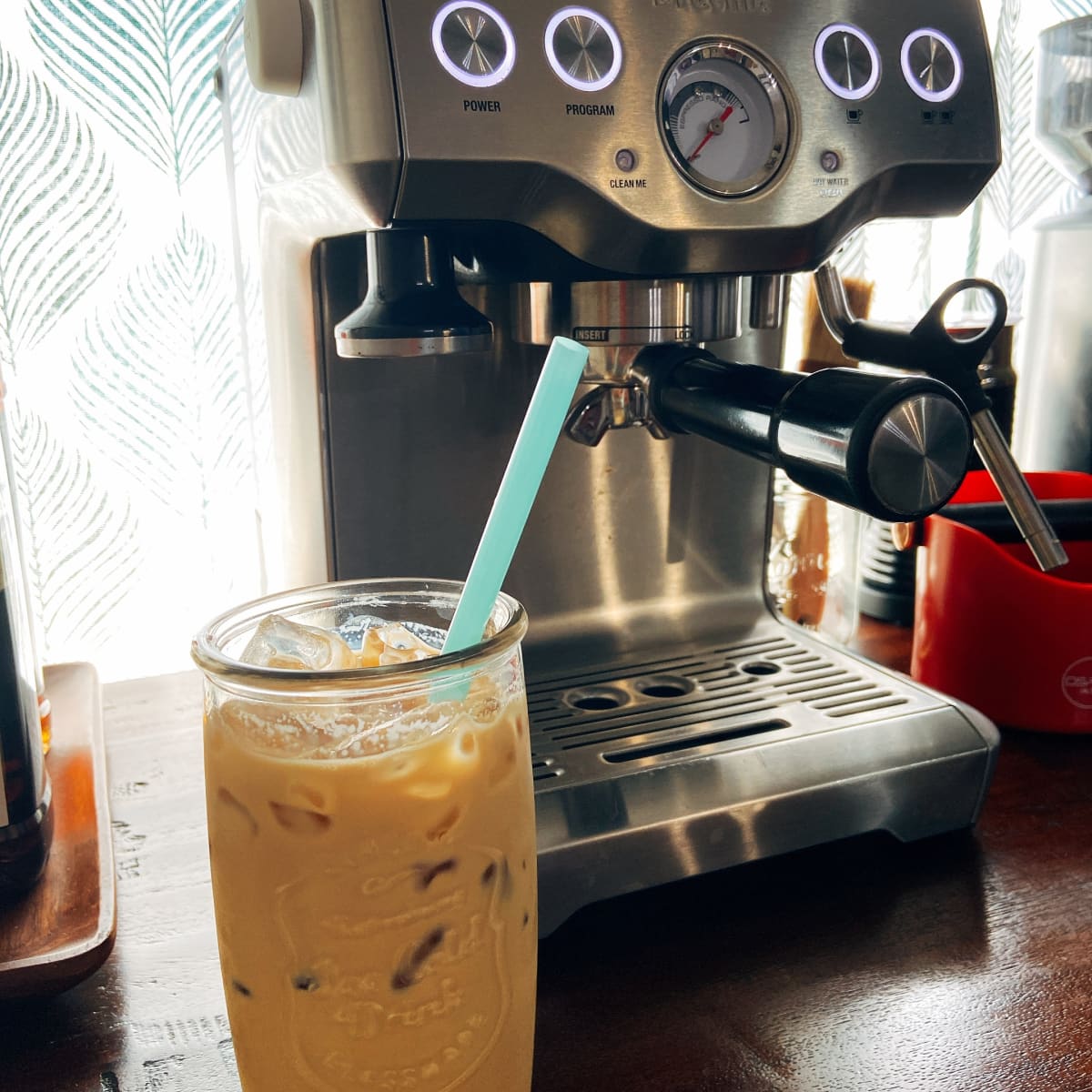
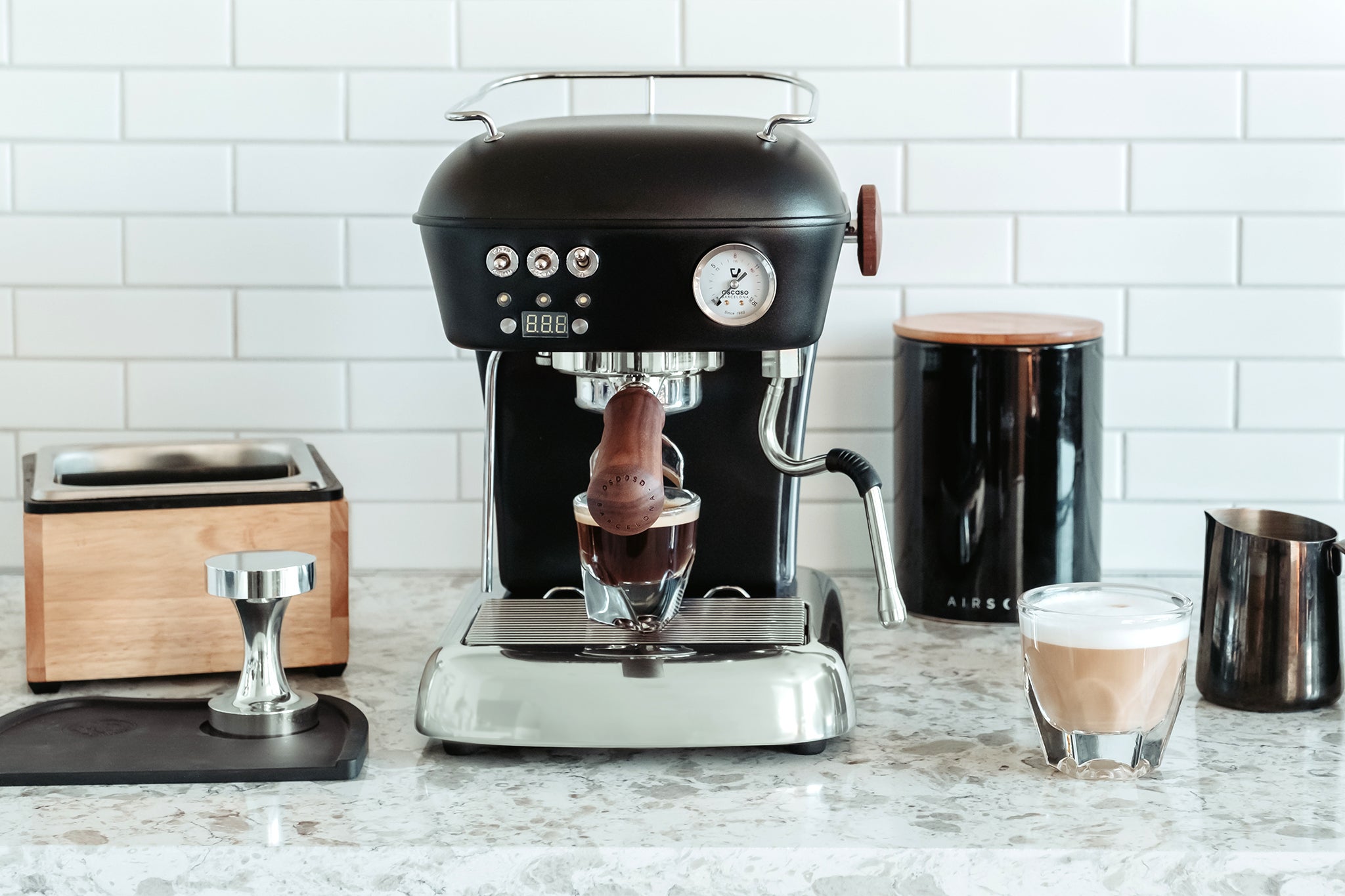
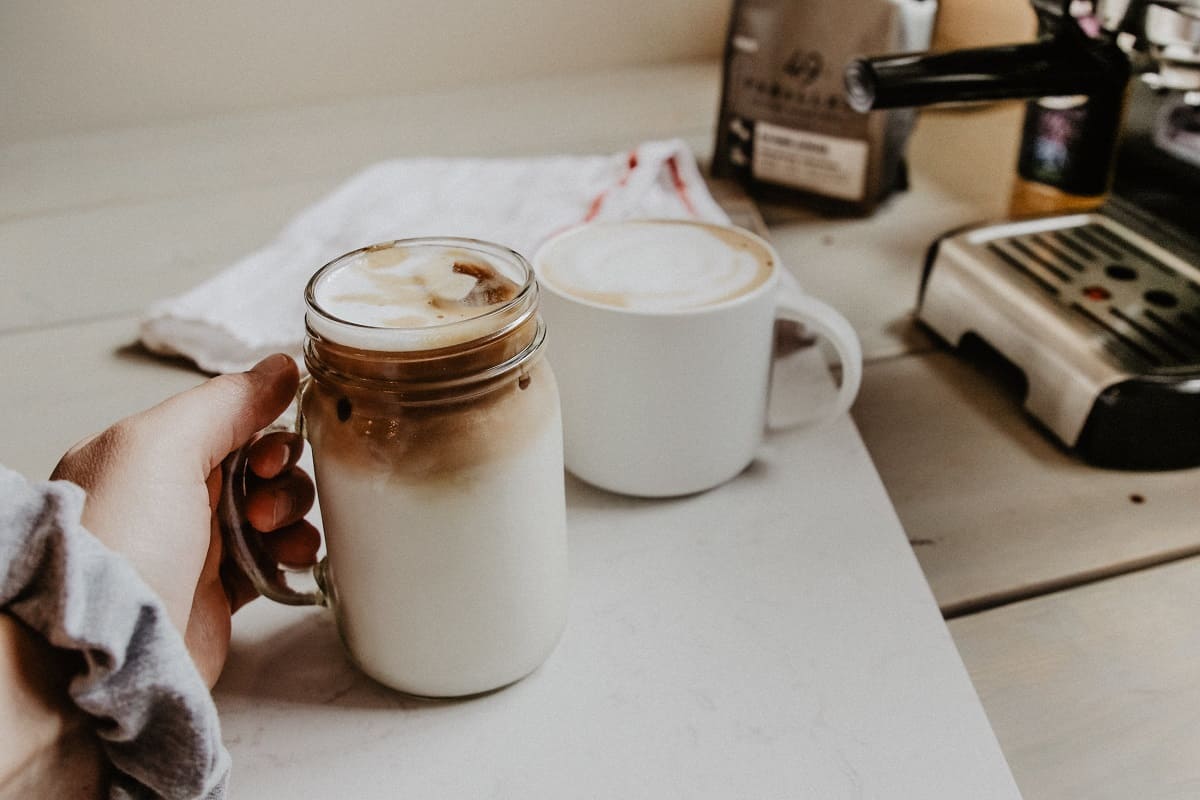
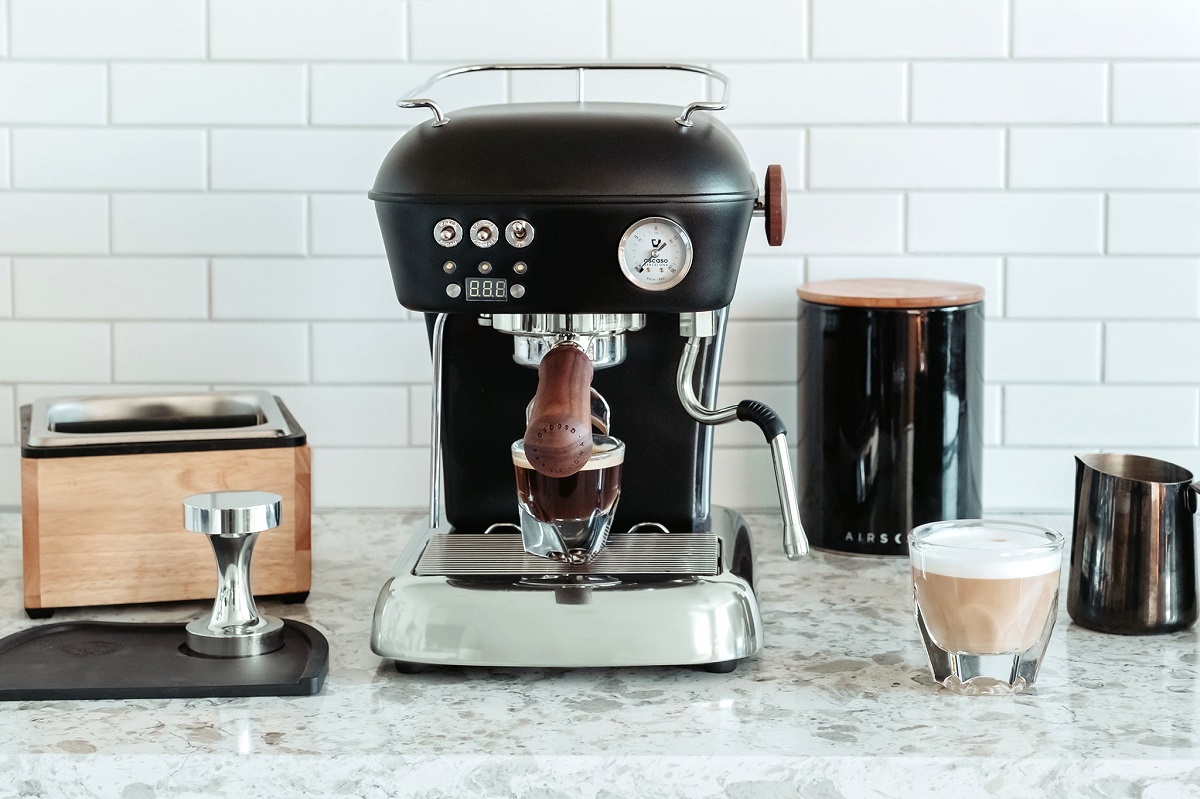
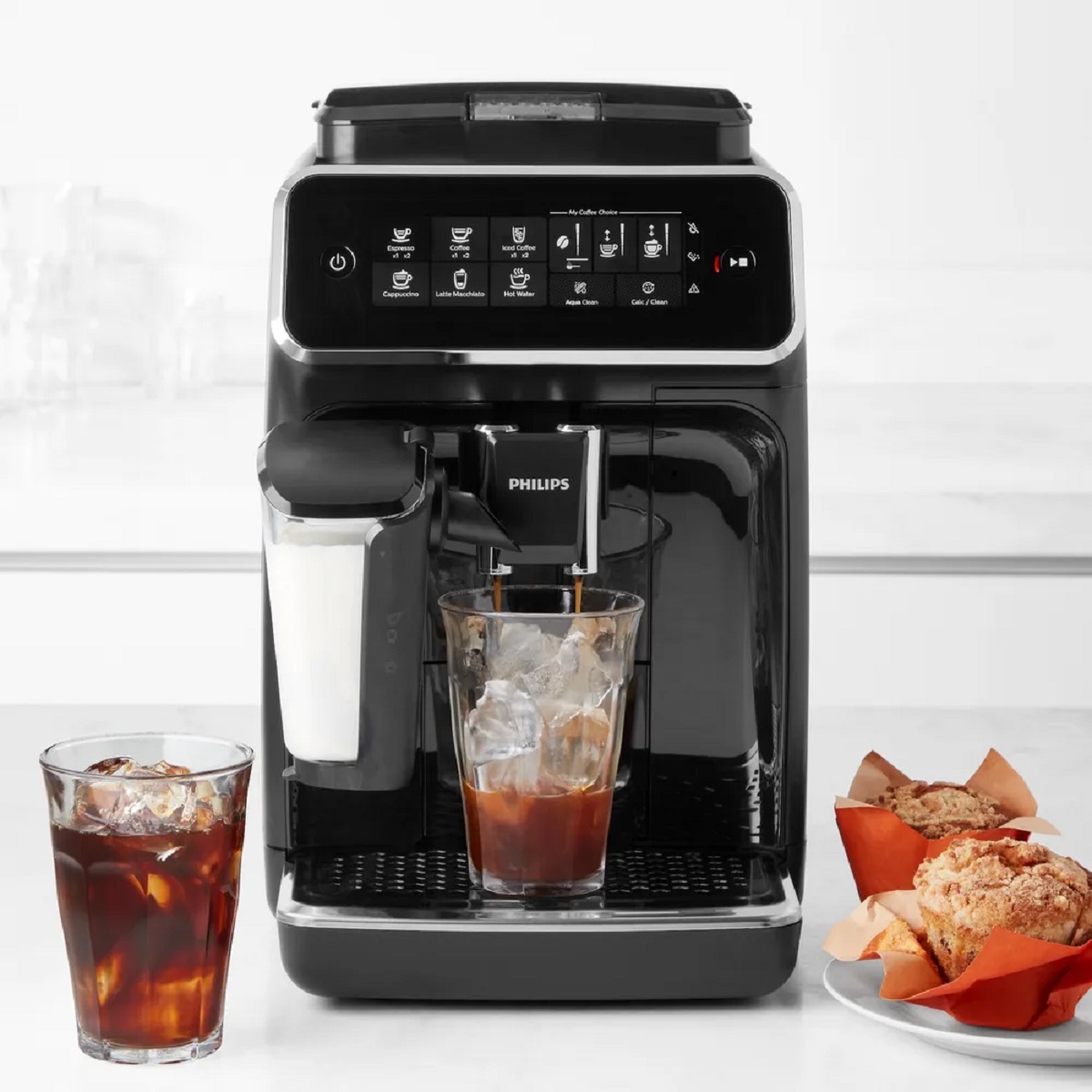

0 thoughts on “How To Make Espresso In A Machine”